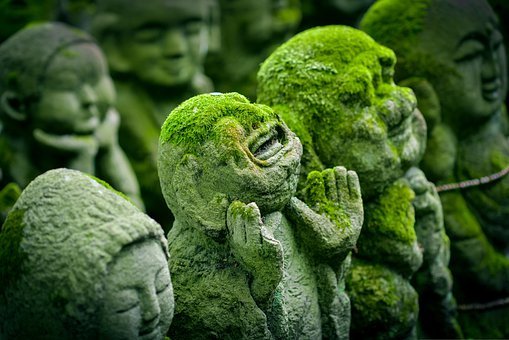The near death experiences are described as a set of visions and sensations that some people face when they find themselves in a state of clinical death or advanced coma. Thousands of testimonials are collected each year, but medicine still comes up short.
Definition: what is a near death experience (NDE)?
Near-death experiences (EMI), experience at the borders of death, provisional death experience (EMP), near-death experience (EMA), death-return experience, Near death experience (NDE)… All this designation designates the same phenomenon described by people close to death, who finally found their way back to life andbear witness to a possibility of life – at least of consciousness – after death.
This fascinating experiment would be based on physiological and psychological mechanisms. It was popularized in 1975, with the publication of psychiatrist Raymond Moody’s best-selling book: Life after life. Investigation of a phenomenon: the survival of consciousness after the death of the body. He then defines NDE as:
Any experience of conscious perception occurring in individuals declared clinically dead or having come very close to physical death.
“Witnesses” can be people who have suffered accidents or illnesses, declared clinically dead for a few minutes, or in an advanced state of coma. Some even tell of having had this kind of experience in their sleep.
What do you see and feel during a near death experience?
The near-death experience is partly based on two great scientific mysteries, which also question philosophy, religion and psychology: death and consciousness.
It is always described in a singular way by the people who cross it, but we can nevertheless distinguish some common characteristics through the stories. The “experiencers” and “experiencers”, as they are called, testify:
- of one decorporation phenomenon (in other words, their soul would come out of their body and they would manage to see themselves from outside themselves, above or on the sides, unable to move);
- of light tunnel vision ;
- of one geometric change of the part ;
- of the meeting with deceased relatives or spiritual entities ;
- of one feelings of love, peace, communion and tranquility;
- of accelerated viewing of past episodes of their lives, like in the movies;
- etc
The return to life and reality is often described as instantaneous and difficult.
In June 2017, a team of researchers from the University of Liège (Belgium) attempted to establish a standard chronology (source 1) by analyzing 154 accounts of French patients who had survived an NDE. The most frequently reported scenario (22% of cases) is as follows: the impression of leaving one’s own body, then of going through a tunnel, of seeing a light in which the shadows of one’s deceased loved ones are drawn, and, finally, the feeling of being at peace.
In most cases, the experience is considered pleasant and “bright”, tinged with a mystical connotation (depending on the cultural and religious context), which complicates the return to reality. A small minority of people, however, describe the NDE as a frightening or heartbreaking experience.
There are three main approaches to justifying a near-death experience:
- the spiritual approachwhich indicates that NDEs would be a glimpse of the paradise that awaits us after death;
- the psychological approachaccording to which NDEs are a form of depersonalization defense against a death threat;
- and the neurological approach, or organic, which indicates that NDEs reflect physiological mechanisms that kick in under severe stress or when the brain is dying.
In fact, scientists still do not really know how to explain the mechanisms involved in the near death experience. They evoke the trail of a sensory hallucination, linked to a past experience. Indeed, certain structures of the brain would continue to function for a few minutes after clinical death or the jump into a coma. People experiencing NDEs would therefore only see mental reconstructions of what they know and love.
Also, NDEs don’t just happen when you’re close to death. They could show up in the event of a major physical or emotional shock, high fever, taking drugs, a meditation session, or even an orgasm.
Experiences of this type are usually very significant for the victims, even traumatic. The return to consciousness is often accompanied by great confusion and a feeling of unease. Not counting the fear of being considered a delusional person.
Experiencers often need time to manage to digest their experience and adapt their life to their new value system. In the long term, we often find that survivors have less and less fear of death, develop a certain intuition and greater empathy. They challenge many personal and professional priorities.
While some people manage to bounce back, others can no longer feel alive. In the absence of support andfamily, friendly and professional supportthey can quickly develop disorders:
If you have had a near-death experience, do not hesitate to approach mental health professionals (psychologist or psychiatrist), who will help you on your way. The talk groups can also be very supportive. Either way, don’t be left alone with your anxieties!
Near-death experience (NDE): what is it? what do we feel? how to live with

